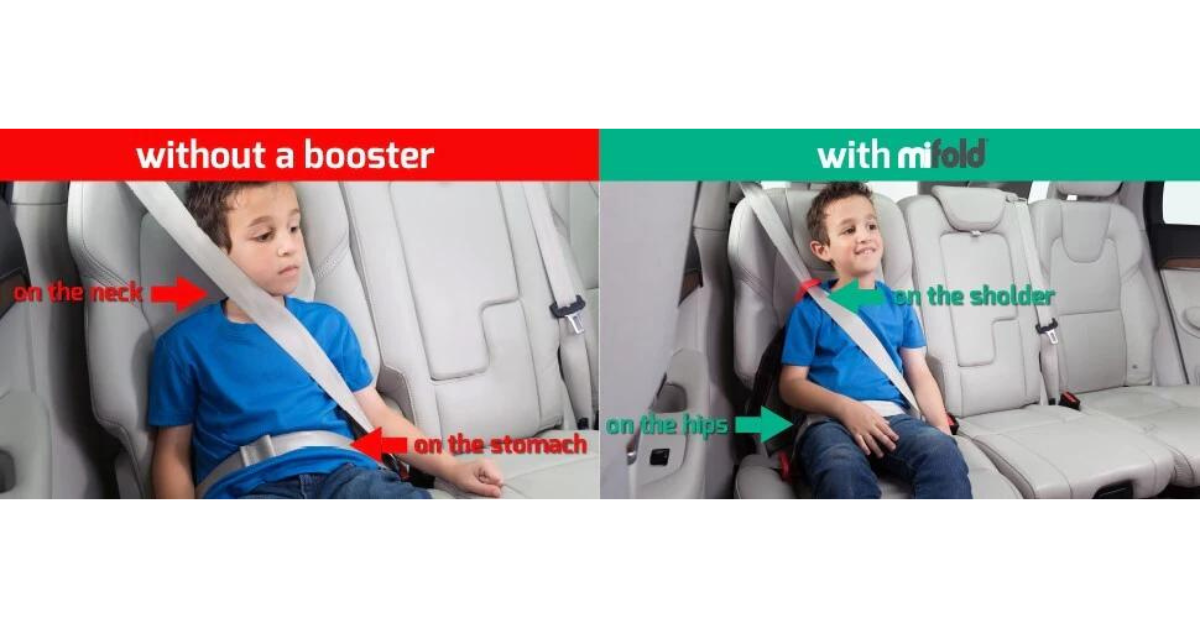
Mar 15 , 2021
The Difference Between A Highback Booster and a Backless Booster
The most comprehensive study of real children in actual crashes (as opposed to crash test dummies in a laboratory) was conducted by Partners for Child Passenger Safety in the U.S. It was a joint effort between Children’s Hospital of Philadelphia, State Farm Insurance and the University of Pennsylvania. See attached.
Researchers looked at 875,000 children involved in 600,000 crashes during the study period. In their analysis of booster seat use, the researchers concluded:
“… children who were aged 4 to 8 and using BPB seats were 45% less likely to sustain injuries than similarly aged children who were using the vehicle seat belt.”
i.e. using any belt positioning booster (backless or highback) reduces death and injury compared to a seatbelt alone
Among children who were restrained in BPB seats, there was no evidence of a difference in the performance of backless versus high-back boosters.”
"Among children who were restrained in booster seats, we were not able to detect a difference in the risk for injury between the children in backless versus high-back boosters”
"There was not a significant difference between the percentage of children with multiple injuries between those in high-back versus backless booster seats”
"Among children who were restrained in BPB seats, there was no evidence of a difference in the performance of backless versus high-back boosters. On the basis of these analyses, parents, pediatricians, and health educators should continue to recommend as best practice the use of BPB seats once a child outgrows a harness based child restraint until he or she is at least 8 years of age.
"Importantly, these results suggest that the effectiveness of booster seats does not vary by the type of booster seat: backless or high-back. Backless booster seats are less costly and often more acceptable to older children because of the absence of a back that makes them look like a toddler child restraint. These results give confidence to parents and health educators that choosing this type of restraint for their child does not represent a compromise in safety.”









